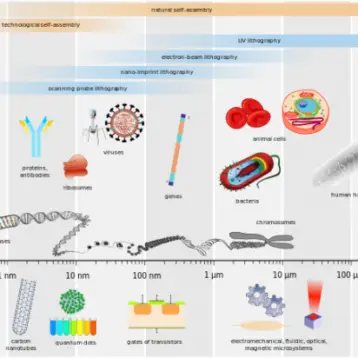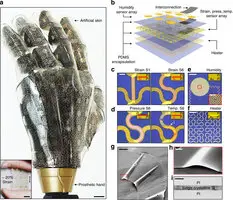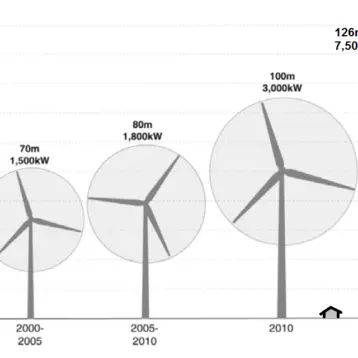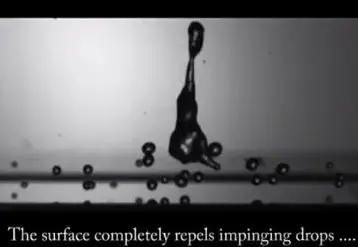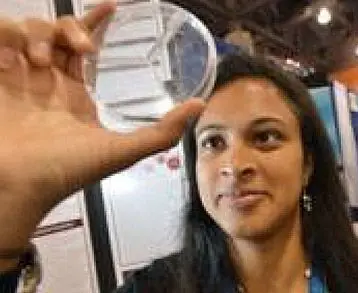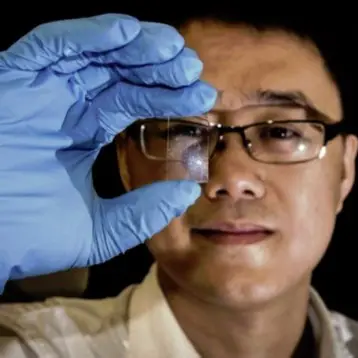The new membrane is only 50-atom thick and can withstand very high pressures which might prove useful in separation of blood proteins for dialysis patients, speeding ion exchange in fuel cells, creating a new environment for growing neurological stem cells, and purifying air and water in hospitals and clean-rooms.
The membrane is made of 15 nm thick slice of the silicon and it was discovered by chance when Professor Christopher Striemer was looking for a way to better understand how silicon crystallizes when heated.
Striemer found that as parts of the silicon contracted into crystals, holes opened up in their wakes. Since the membrane’s holes are only a few nanometers in size, it might be possible to separate objects as small as proteins much more effectively than is being done now.
Current molecular-level filters use a polymer-based design that is a jumble of varying holes and tunnels. The sizes of holes in the polymer model vary greatly, and since its "holes" are really convoluted tunnels through the material, they require much more time for proteins to pass through, and they are prone to clogging.
Recently, researchers had tried to design an ideal filter by drilling holes into a thin slice of another silicon-based material with an ion beam. While the effort did result in a filter with regular holes, the process was too laborious to be cost effective, and its membrane was so brittle that it required an elaborate support structure to prevent it from shattering.
The new silicon membrane on the other hand seems to be more useful. About the thickness of the cell’s own membranes, two groups of cells can actually touch each other through the membrane’s pores without passing through themselves.


